Rival Consoles: "There isn’t an analogue synth that can do what software like Massive does, and that’s an old digital synth now"
Rival Consoles' soundtrack to the dance production Overflow is a dark, complex body exploring the sinister side of digital media. Danny Turner finds out more
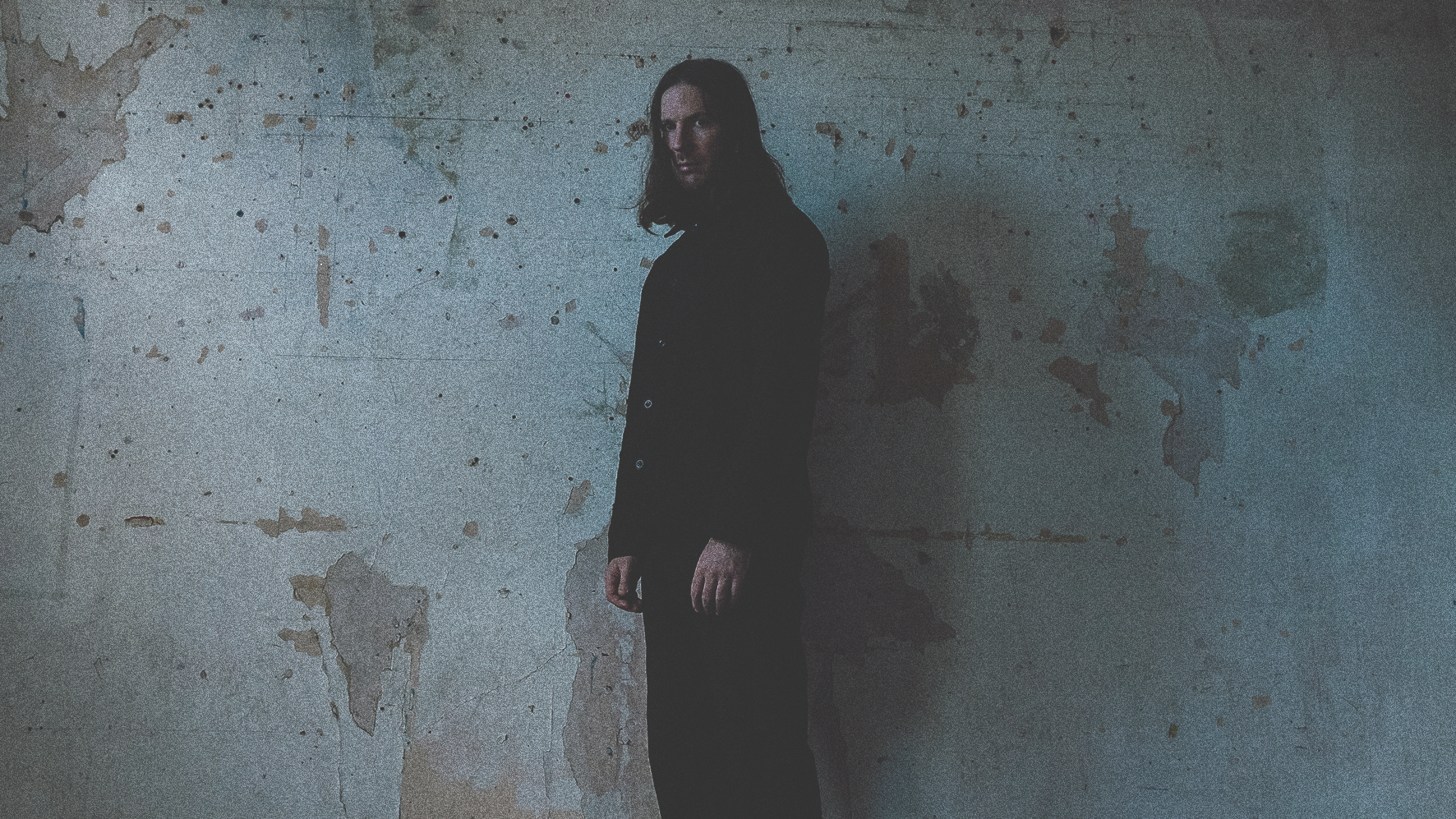
Ryan Lee West’s Rival Consoles alias has regularly presided over a desire to create unsettling sound-worlds that breathe heavy with technological ingenuity.
Consumed by creating abstract themes from familiar generic tropes, on last year’s Articulation, West transformed hand-drawn sketches into shimmering, glacial sound fields skewing our notions of modern techno.
On his last project, Overflow, West worked with renowned choreographer Alexander Whitley to create music for a contemporary dance production. His soundtrack uses algorithmic technologies to signify the effects of big data and how it sows division in a society profoundly influenced by social media’s exploitation of human vulnerabilities.
At over 72 minutes in length – West’s longest album to date – Overflow’s chaotic, electromagnetic menace is likely to engross the listener in any environment, but the concept truly comes alive within the kinetic digitalism of Whitley’s ground-breaking dance production.
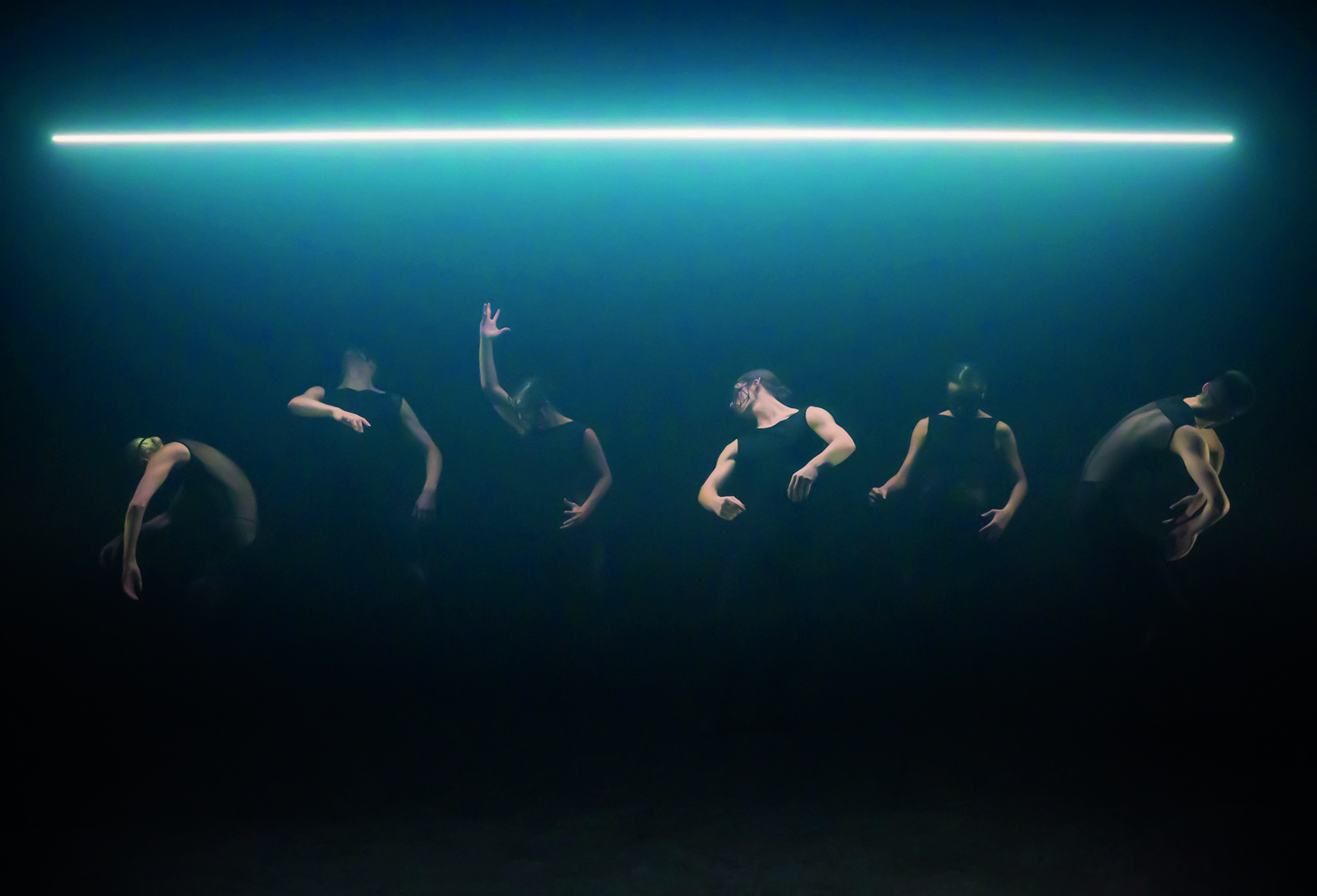
How did you find yourself working with choreographer Alexander Whitley?
“I’d worked with Alex a few times over the past five years, composing music for contemporary dance, but this is the first time we decided to do a massive project together. It’s a really big beast with 72 minutes of score and the first time I got the chance to get quite involved in a live theatre production.
"I like the aspect of working within theatre because you have to score something that’s happening in the moment versus the playback of film, which is set in stone. Contemporary dance is pretty abstract, so I feel there are a lot of synergies with electronic music that, absent of vocals, are very abstract too.”
Want all the hottest music and gear news, reviews, deals, features and more, direct to your inbox? Sign up here.
What themes are being explored in this new dance production?
“It’s a very deep conceptual project that looks at how big data has shaped and affected our lives, mainly focusing on social media and how everyone’s being manipulated by extremely clever and invisible systems to keep us engaged and the consequences of that, from the extremes of Cambridge Analytica to the political manipulation of society.
"Before we started the project, Alex suggested that I read a short philosophical book by Byung-Chul Han called Neoliberalism and New Technologies of Power, which expresses how the internet and social media are distorting us. That was heavily referenced throughout the whole project and because it’s borderline dystopian it makes the work quite dark and heavy – if not tragic in places – both visually and sonically, but with a lot of nuance.”
What’s your relationship with social media considering the current zeitgeist, which tends to imply there are more cons than pros?
“Similar to a lot of people I use it less and less in terms of what it was initially intended to be used for. I use it to promote my music, but everybody’s selling something, so capitalism is obviously a part of it. There are layers of complexity to it, but because it’s such a well-engineered system you only see the surface.
When you’re making music all the time and smashing out ideas in a stream of consciousness, you can overlook something simple really quickly, so I tend to spend a lot of time listening back and trying to understand
"Certain controversies have come to the forefront, like when Zuckerberg was interviewed and you can tell there’s a very shady underbelly to it all. But that’s obvious because anywhere there’s a lot of power and money there’s always going to be manipulation and dark things going on. I think people are perhaps a little more sceptical about the bigger picture now.”
The opening ten-minute track Monster seems to encompass your feelings towards the subject matter, and it’s quite a disturbing vision…
“I wanted to give the album a really bold start that had a powerful, repetitive and slightly deranged quality to it, and that sets a tone for the whole show. With that piece there’s a lot of hidden stuff going on – the whole track is constantly detuning in a very subtle way that you might not immediately notice. There’s even the primal sounds of animals hidden within it because I wanted it to be in your face yet have invisible stuff going on that’s quite sinister and tied to the subject matter symbolically.”
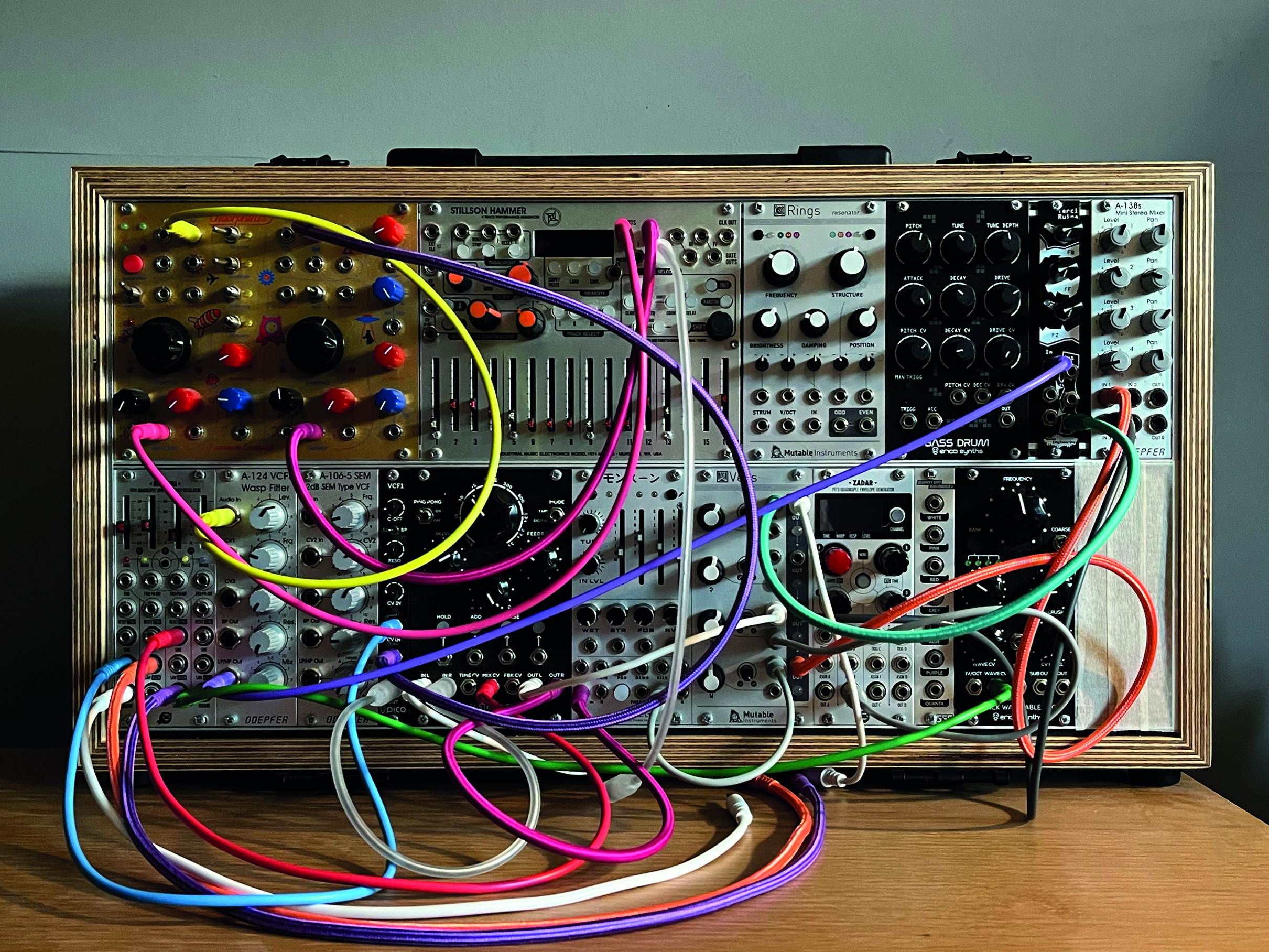
How different is it working towards an artistic vision that’s not entirely of your own making?
“In some ways it’s better because there’s a clear vision to write to, so you know what elements to reinforce. When you’re making your own music you can get completely lost, even if whatever you’re making is working, so it’s nice to work with a group of people who have a vision and try to fulfil that.”
Is part of the problem with solo instrumental music that it’s difficult to find a narrative for it?
“The main problem is that even if you come up with something that sounds good or interesting, you might not fully understand what’s actually good about it [laughs]. When you’re making music all the time and smashing out ideas in a stream of consciousness, you can overlook something simple really quickly, so I tend to spend a lot of time listening back and trying to understand, or re-understand, what’s going on.
There's lots of really modern, digital glossy stuff, which is a way to represent how everything online is trying to package things up
"There’s a good and bad aspect to doing that, but when you’re the maker you’re so close to the work it’s easy to be confused by the thousands of variables that music possesses. The listener only hears one version compared to the maker who has all this stuff in his head and has often created 20 or 30 different versions.”
With Overflow we read that you started working on music even prior to choreography?
“We started by creating a portfolio of music that could work for the project, exploring very specific moods and concepts. For example, the second track on the record, I Like, is a recording of one of the dancer’s monologues.
"Alex would get his performers to constantly record how they felt onto their phones and I’d chop that audio up and experiment with it in a very crude way. I used the monologue and turned it into data to trigger the background music, which again is hidden so you can’t tell it’s there. Seeing the show, with the lighting and dancers, it all seems so integrated now.”
How did the compositions evolve as you watched the choreography in rehearsals and, later, a theatre setting?
“I tried to write a lot of ideas in the moment while the dancers were rehearsing and was even trying stuff out when everything started to come together in a theatre setting. I already had an idea in my head of the sort of sounds we were looking for and used a lot of pre-recorded collages in Ableton, which meant I could generate stuff very fast. When you’re making music day after day, year after year, you become very sensitive to getting an idea out there quickly.”

Are there projections alongside the dance?
“It’s very moody and dark but the lighting is incredible. There’s traditional theatre lighting but they also custom-built this huge six-metre beam for the show that’s completely free to rotate and interact with the dancers.
"We used it as a symbolic reference to the ‘cloud’ or any sense of technology looking down and interacting with people. It’s like a seventh dancer and actually moves quite close to the audience, so it’s really powerful – you can see the intensity just by looking at the photos.”
The title track is riddled with huge Blade Runner 2049-sounding synth chords. What are you using for those great sci-fi sounds?
“Within the show, there are a lot of big analogue synth sounds that echo films like Blade Runner and science fiction, but there’s also lots of really modern, digital glossy stuff, which is a way to represent how everything online is trying to package things up. So there are lots of degraded and distorted Prophet ’08 synths going through pedals and tape, contrasting with very clean, shimmery utopian synth sounds.”
Is it right that the track Scanning features sounds from an electromagnetic recording of an iPhone while using social media?
“The track was pretty much made in the moment and only took about ten minutes. It’s based on a very simple, static electromagnetic recording I made that’s very menacing and has minimal drums coming and going. I basically recorded that myself with a very specific pickup that records the sound of the inner workings of machines, so if you hold it over a working hard drive, computer or phone you can hear all the sounds that are going on within them.
My main music is not typically made with modern digital software because it doesn’t always speak to me musically
"It sounds quite ugly, which is interesting because when we use the internet everything is designed to appeal to us or make us want to buy something. It’s a hyper-attractive, glossy world that we encounter, but when we hear the uglier side we might think differently.”
It’s the perfect example of something alluring being constructed from something that, in reality, sounds horribly emotionless…
“That’s what that piece is trying to achieve. On stage, the dancers are lying down, almost naked, and the beam of light is very low, about 60cm above the stage, scanning them like something from a sci-fi horror film. The powers that be want us to use the internet without any critical thinking, where the most important thing is our constant use of it and make it as addictive as possible in order for people to never stop thinking about it.
"Not only is it well designed but it’s always improving itself and there’s something really sickly about that – it’s not just really powerful, but it wants to be more powerful. I know that sounds a little bit conspiracy theory and I’m not a conspiracy theorist at all, obviously there’s many great things about the internet and social media, but it’s the new mode of capitalism – mining the psyche of the individual, which is emotionally rather than physically draining.”
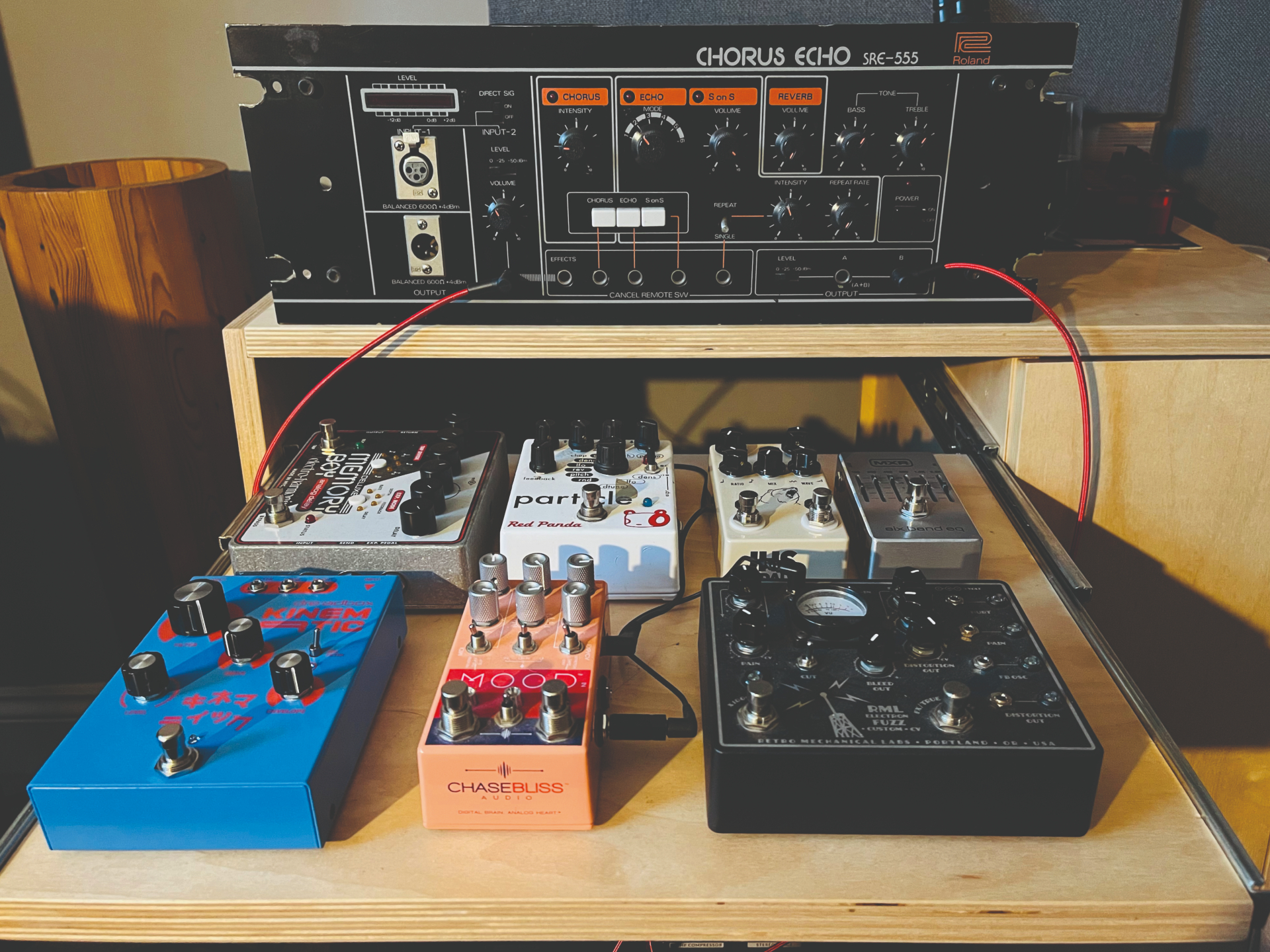
Is there any contradiction in commenting on the dangers of sophisticated technology while using it as your primary creative tool?
“I’m already contradicting myself because I use social media, but when I’m making music and engaging with all these different devices, they’re not tracking how much I’m using in order to sell data. Imagine if every time you cooked food each ingredient was documented and that data was later used to exploit you based on your actions?
My music’s always had a sense of forward momentum and a narrative rather than just creating an ambient vibe that you drift into
"We’d be scared if that happened in all aspects of our society and it is happening because when you shop for things it’s very easy for that to be mapped. It seems quite innocent, but it’s crazy how much can be extrapolated from a small set of information.”
How has your studio environment changed since we last spoke to you back in 2017?
“It’s a different space but I’ve got so much more stuff now that it’s getting a bit crazy. I’ve got a piano, drums, guitar, bass and lots of different instruments, but for this project especially I used a lot of contemporary digital stuff. My main music is not typically made with modern digital software because it doesn’t always speak to me musically, but this project required a huge amount of digital tools alongside my use of degraded, grungy analogue stuff. I’m basically interested in all the different ways that you can dismantle and damage sound.”
The music on Overflow seems to take you forward another step in terms of sound clarity and separation. Would you agree?
“It’s definitely a bold, full-sounding record. The ideas behind it are quite epic, so there are layers and layers of things working together to achieve something quite deep-sounding.
"I’m generally collaging stuff together, so there’s a huge amount of content being built and I’ll slowly let the stronger and more interesting stuff come to the fore. Maybe there’s more of a play between clean and dirty to make everything sound more coherent/powerful.”
There are fewer beats compared to your solo work, which is surprising as you’d expect rhythm to complement a dance production?
“It’s a bit tacky to immediately have lots of drums where dancers are involved. Obviously it works well, but it’s a bit too simple and easy. Because this show is quite dystopian, I didn’t want a feel-good drum vibe, I wanted it to be more cinematic. On the track Monster there’s this play with three over four – the bass opens the track and when the drums come in there’s a constant tension between those two rhythmic worlds.
When I’m using effects I don’t want them to be too much at the forefront, the goal is to forget about all the processing and just hear the ideas
"Everything’s been super-considered, so when there are drums added it’s hopefully for the right reasons. A lot of the music could be applied to an orchestra – it’s melodic and harmonic with a very electronic sound that could easily be played by strings.”
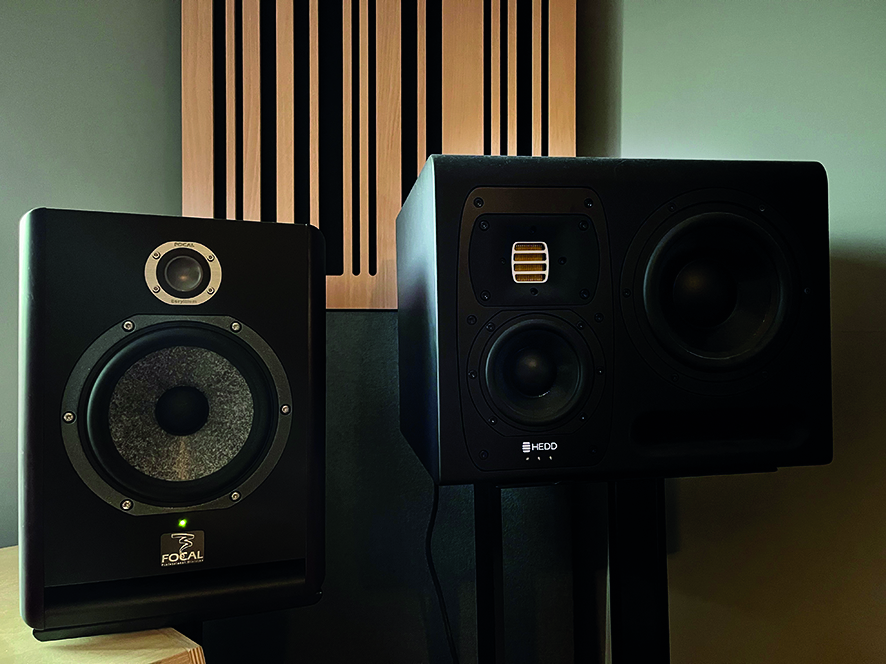
On the vocal track I Like, how did you achieve all those cut and paste vocal disseminations?
“That came from the dancer Tia Hockey’s monologue, which was heavily manipulated. But while there is a lot of very digital, technical manipulation I was also making tape loops from text speeches using my Nagra tape recorder, so there were lots of processes that involved ranging from digital to analogue.
"Those are the two big worlds I’m exploring in this production. With all the synth stuff and dialogue manipulation, some of it has ended up really clinical-sounding and other stuff’s more smeared, musical, delayed and pitched. Ultimately, when I’m using effects I don’t want them to be too much at the forefront, the goal is to forget about all the processing and just hear the ideas.”
How would you use tape in a way that’s comparable to digital in terms of achieving some of the effects you were after?
“I was just recording lots of vocal stuff onto tape using genuine tape loops and layering recordings of speech so you get a ghostly version in the background where the tape quality has degraded. You get the artefacts of the unit but the sound also changes over time. In digital you obviously have amazing things than can fake that, but as digital preserves information you don’t quite get the same aftereffect.
"When you use things that are not digital it shows how extreme digital is, which again ties in with the whole conceptual ideology of the project.”
As you mentioned, it’s a long album. Have you found writing elongated tracks a more demanding process?
“There’s so much going on in the record that it’s crazy really and I can’t even remember everything I did. It’s more than twice as long as my previous album, Articulation, and two of the tracks are over ten minutes, which is rare for me.
"I guess that my music’s always had a sense of forward momentum and a narrative rather than just creating an ambient vibe that you drift into. It tends to be more composed and it’s harder to compose for long stretches, but everyone was so full of ideas on this project that it was quite easy to get lost in the subject matter. Because the music’s so layered I’m hoping people will still find something new to listen to on the 50th listen.”
It’s all simple stuff that’s been done for a long time, but on this record there are so many layers to it
What effects or sound design plugins were used throughout its creative composition?
“There’s lots of Foley stuff that’s been manipulated, granular synthesis made in Max/MSP and shimmery, glossy FM stuff using reverbs like Valhalla Shimmer that emphasise the whole utopian, digital feel of the music. One multi-effects plugin that’s quite good is the Unfiltered Audio BYOME, which allows you to create your own plugin based on combinations of lots of little modules.
"I used Native Instruments’ Kontakt, Ableton’s Max for Live and an old granular standalone piece of software that not many people might know about called Cecelia, which is used for creating very experimental soundscapes.
"You just load in a piece of audio and it enables you to generate lots of textures and chaotic moments where you’re re-arranging sound based on probabilities of chaos, pitch or density. There’s lots of algorithmic stuff and randomisation going on, and that’s obviously connected to the theme too.”
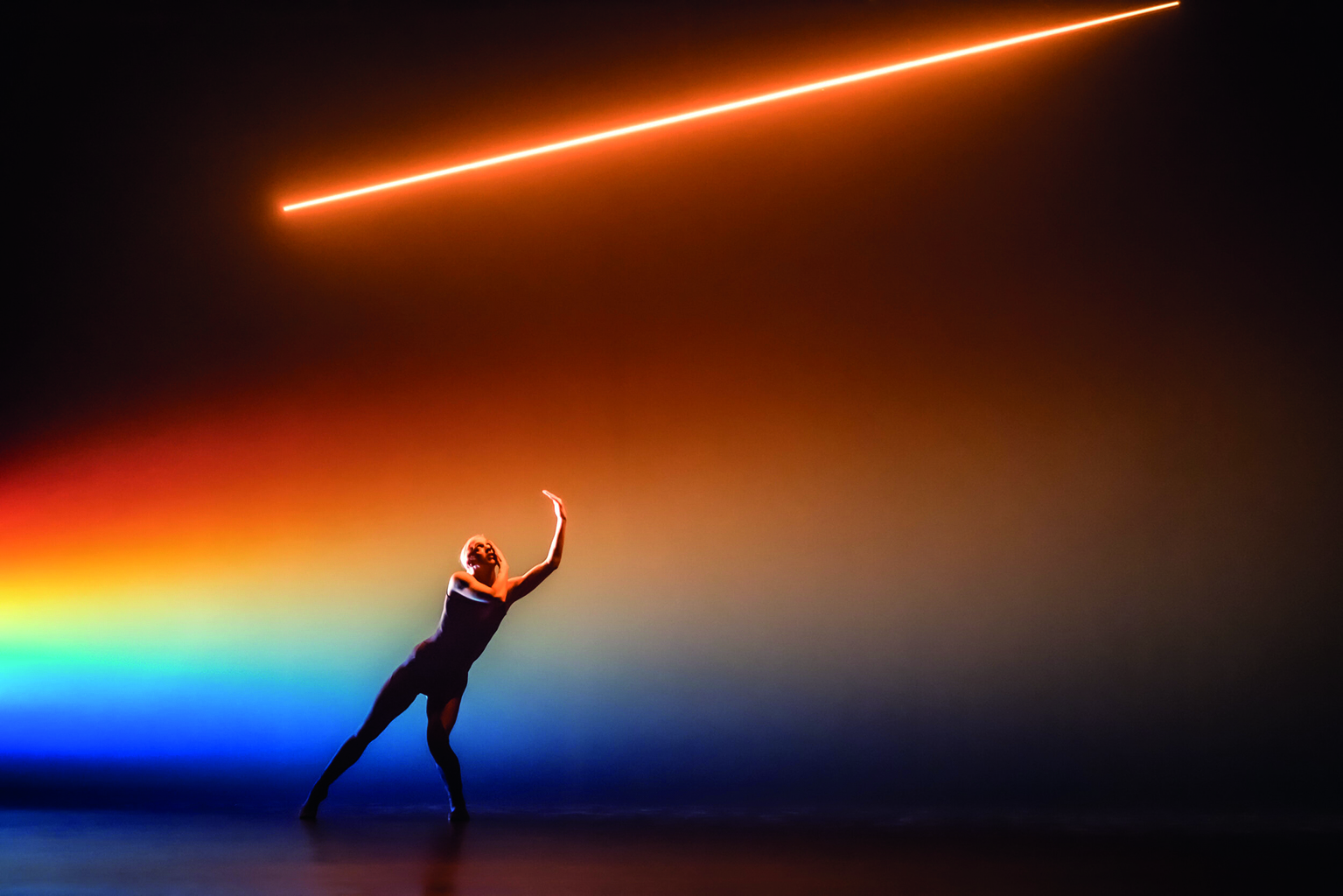
How would you typically employ a randomisation effect on a sound?
“In the Tia piece, I Like, the chaos of her speaking voice and how much of it is delayed or granulised is based on probability, so the manipulation is not always based on me deciding what’s happening – computer algorithms are deciding. I’ll set up a range of extremes and that creates the conditions for a randomisation process.
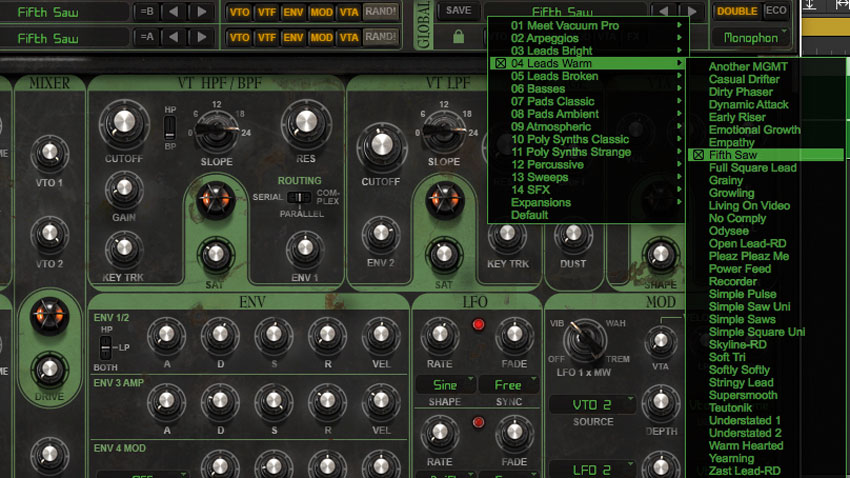
Ordered chaos: a guide to randomisation, probability and generative music
"For example, you might have seven notes that you like playing through a synth and employ very complicated, chaotic randomisation events that you could never do as a human to create a very dense cloud. We were often trying to make sounds that are not pleasing but confrontational, but you have to set up the parameters of how chaotic you want them to be. It’s all simple stuff that’s been done for a long time, but on this record there are so many layers to it.”
Do you find that software plugins are the area where the most innovation is taking place now?
“Digital has always shown more innovation and a highly advanced vision for what can be done with sound, whereas analogue is far more limiting. To do something more advanced or technical in the analogue realm costs a lot of money because you need physical components to achieve that. In that sense, analogue does what it does very well but is very restrictive.
On YouTube, within one hour you can come across thousands of different, obscure pieces of equipment, whether they’re pedals, synths or outboard, and search for them
"There isn’t an analogue synth that can do what software like Massive does, and that’s an old digital synth now. The problem is that there’s such an abundance of new software and so many variables that you might not necessarily know what to do or how to engage with them, whereas the limitation of analogue has always been appealing to composers because you can actually think more about the composition rather than being constantly flooded with ideas. Digital is too powerful really and you have to be very smart and have good judgment just to deal with that.”
Your modular setup no doubt falls between those two worlds in terms of both complexity and accessibility?
“It is both worlds. It’s been growing and my modular setup is pretty analogue, but there is some digital stuff going on in there too. I generally use it to create quite chaotic systems, which I generally understand but might set up patches without fully understanding how it’s doing what it’s doing.
"I’m a big fan of a module called Zadar from the Polish company Xaoc Devices. It’s a four-channel envelope, modulation and transient generator that’s so complex and super-geeky, but very powerful and allows you to map thousands of different envelopes to a sound.”
We know you’re a Dave Smith fan. Are you still getting a lot of usage out of his hardware?
“I should get the Prophet-5 because it’s the most iconic one, but I’ve been using the Prophet-8, or the Rev2, which is the new version of that synth, for years. Surprisingly, I’m still getting constant use out of it even though I’ve used it more than any other synth on this Overflow soundtrack. I suppose I can get what I want from it more quickly than anything else.
"I read that Focusrite took over Sequential Circuits – maybe Dave Smith is retiring or doesn’t want to have this huge responsibility, but there’s so much going in the synth world right now. When we grew up you wouldn’t hear or even know about a synth you were interested in, but now if something new comes out, you can watch someone you follow on YouTube and see a piece of equipment being demoed within two minutes.”
It beats scouring a handful of shops in Tottenham Court Road, which is what you had to do in the past…
“Exactly, and that was very limiting because they could only have so much equipment in one shop at one time. On YouTube, within one hour you can come across thousands of different, obscure pieces of equipment, whether they’re pedals, synths or outboard, and search for them.
You’re on tour at present. Have you been playing tracks from the new album and reviewing them in order to fit your set list?
“I just did a UK tour from Brighton to Glasgow and I’ve got the final show in London tomorrow. We created a proper, full-on live show using Max MSP Jitter for the visuals and did integrate tracks from the new album despite thinking that it might conflict with some of my other work.
"I’ve been playing the track Monster at the end of each of the shows and it’s such a slow piece of music that I thought it might be quite anti-climactic on some level, but people have been constantly asking what the last piece of music is. I’ve also been playing the track Pulses of Information, which is completely Prophet ’08.”
Rival Consoles' Overflow is out now on Erased Tapes.


Future Music is the number one magazine for today's producers. Packed with technique and technology we'll help you make great new music. All-access artist interviews, in-depth gear reviews, essential production tutorials and much more. Every marvellous monthly edition features reliable reviews of the latest and greatest hardware and software technology and techniques, unparalleled advice, in-depth interviews, sensational free samples and so much more to improve the experience and outcome of your music-making.
